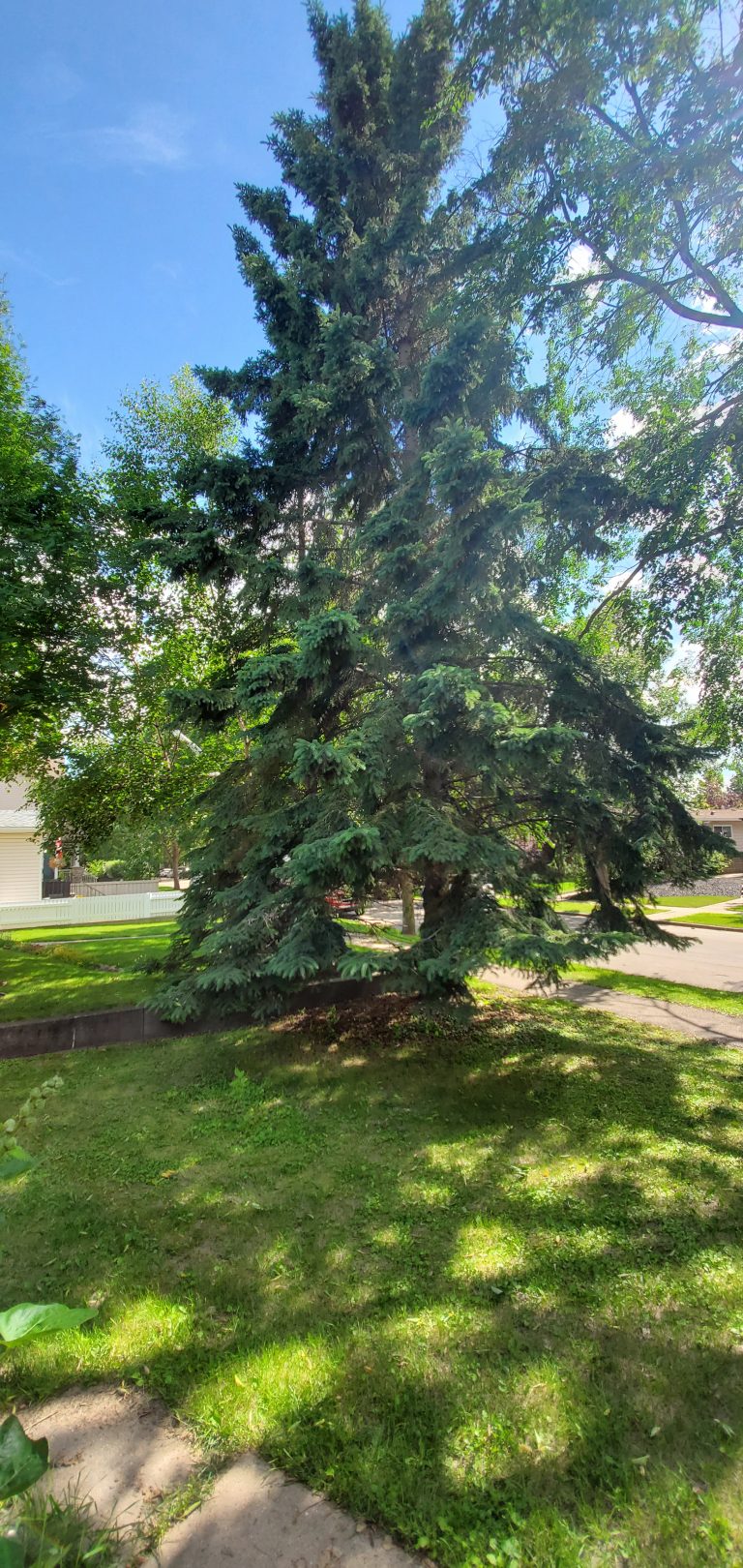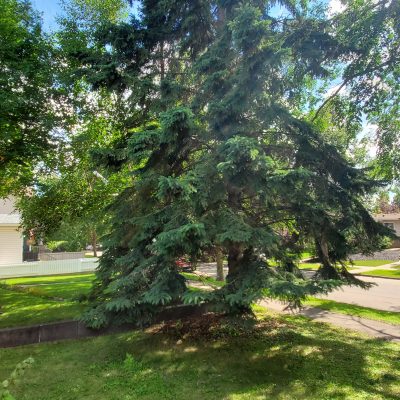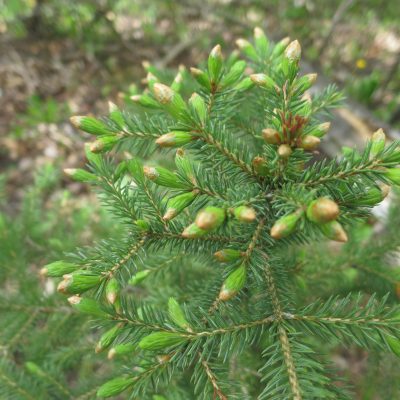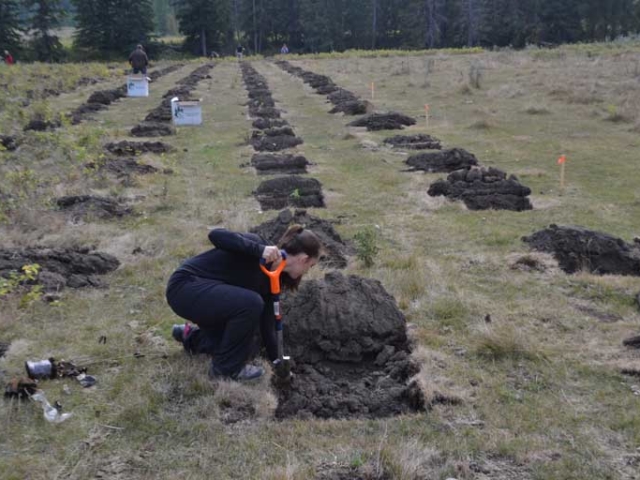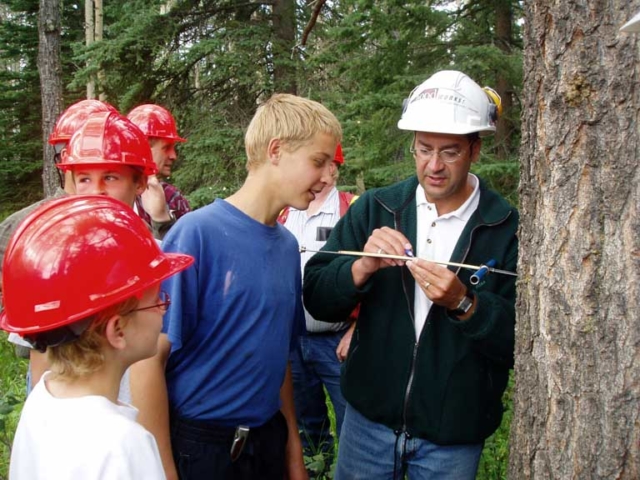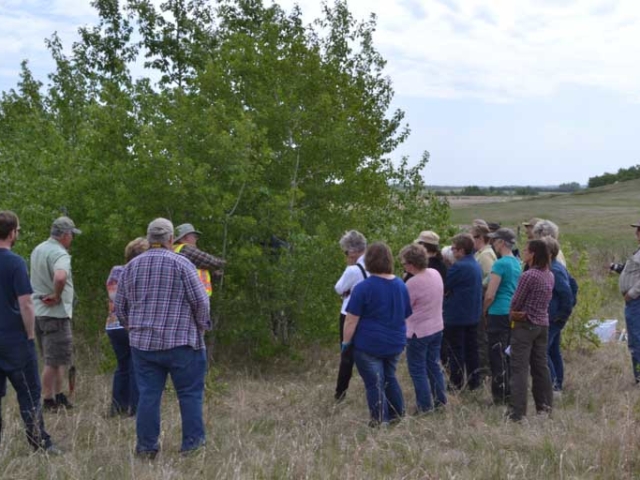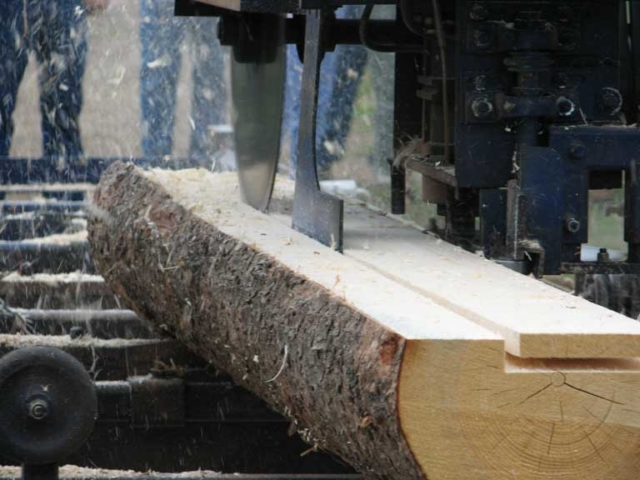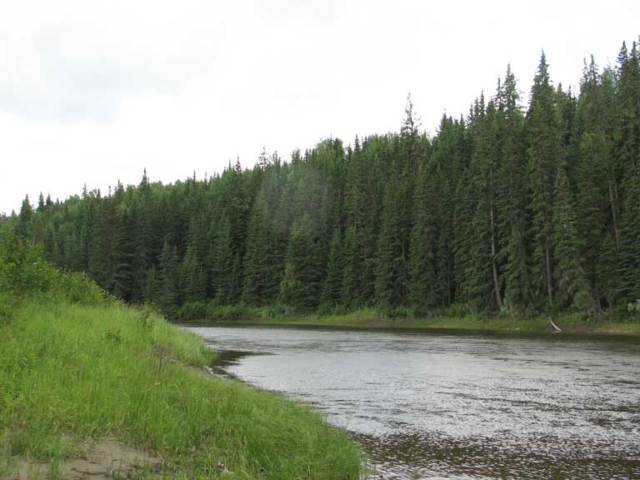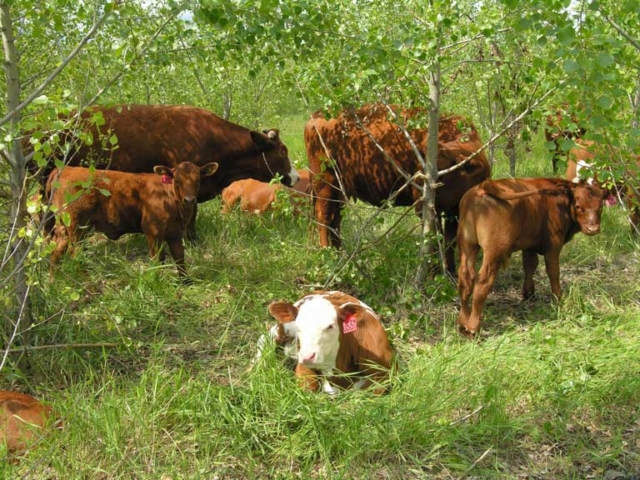Description / Details
White spruce (Picea glauca)
White spruce is the most common forest “climax” species across the province north and west of the grasslands. It tends to grow slowly but steadily through the shady forest canopy, eventually towering over the other trees. It can grow more quickly in sunny sites, but needs shelter from the wind and adequate moisture. If these conditions exist then white spruce can be remarkably tough even as a young seedling, holding its own against moderate grass competition that would overcome other trees and shrubs.
In addition to increasing the longevity of a forest stand, white spruce can improve its structural diversity, offering nesting, feeding, and winter cover habitat for insects, birds, and deer. Its cones are well used by squirrels and birds, and its light green branch tips can be harvested in the springtime and pickled or made into teas. The wood of white spruce is highly valued for lumber, plywood, and pulp.
White spruce is commonly used in Eco-Buffers as a long-lived (climax) species. It is also recommended for conventional shelterbelts, particularly around yard sites where its high density will significantly reduce wind speeds. Ensure that white spruce shelterbelt rows do not bear the brunt of the force of prevailing winds by planting additional rows of trees or shrubs upwind. White spruce also performs well on the upland edges of riparian buffers. It can also be planted into the understory of an existing forest, often with minimal site preparation required.

